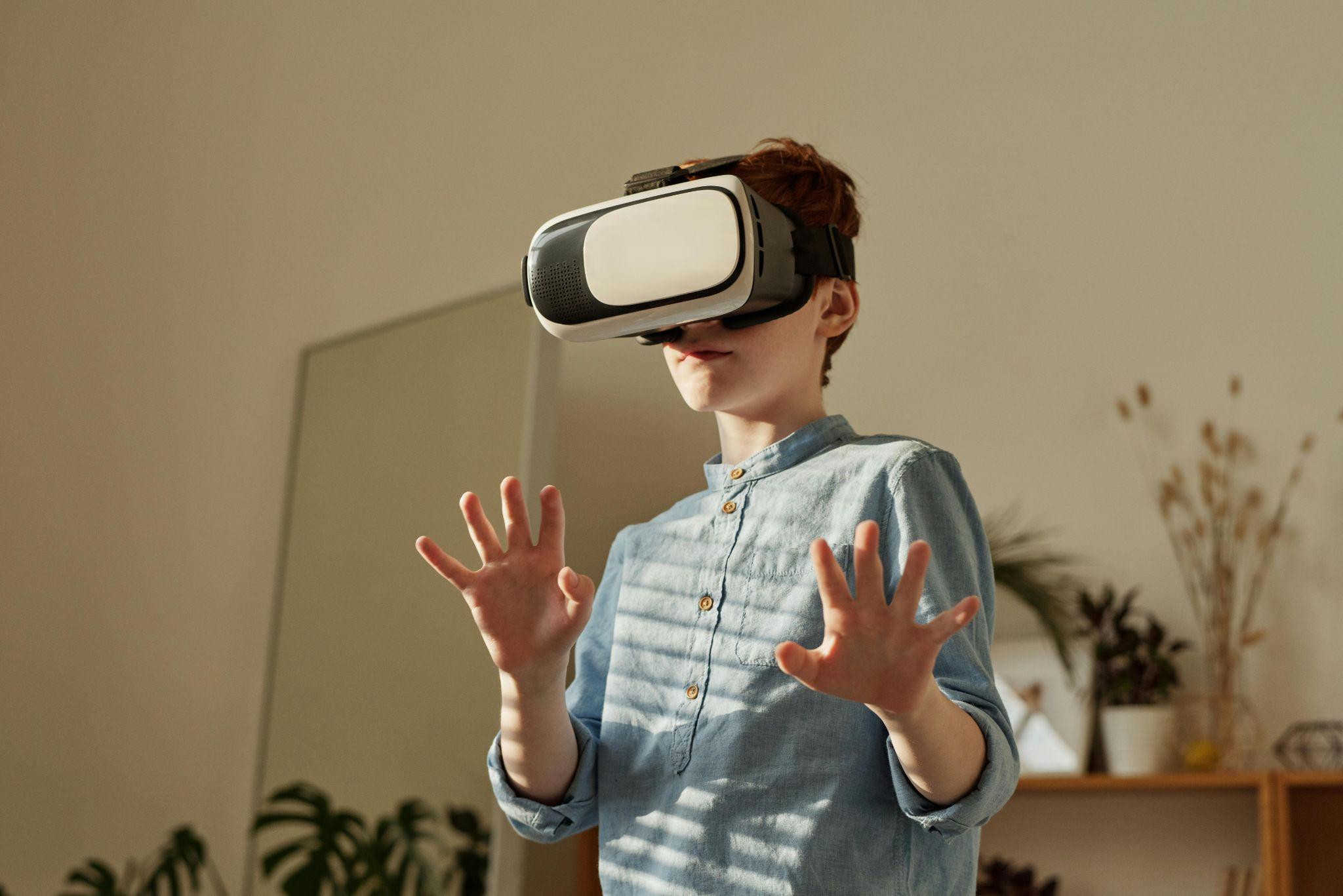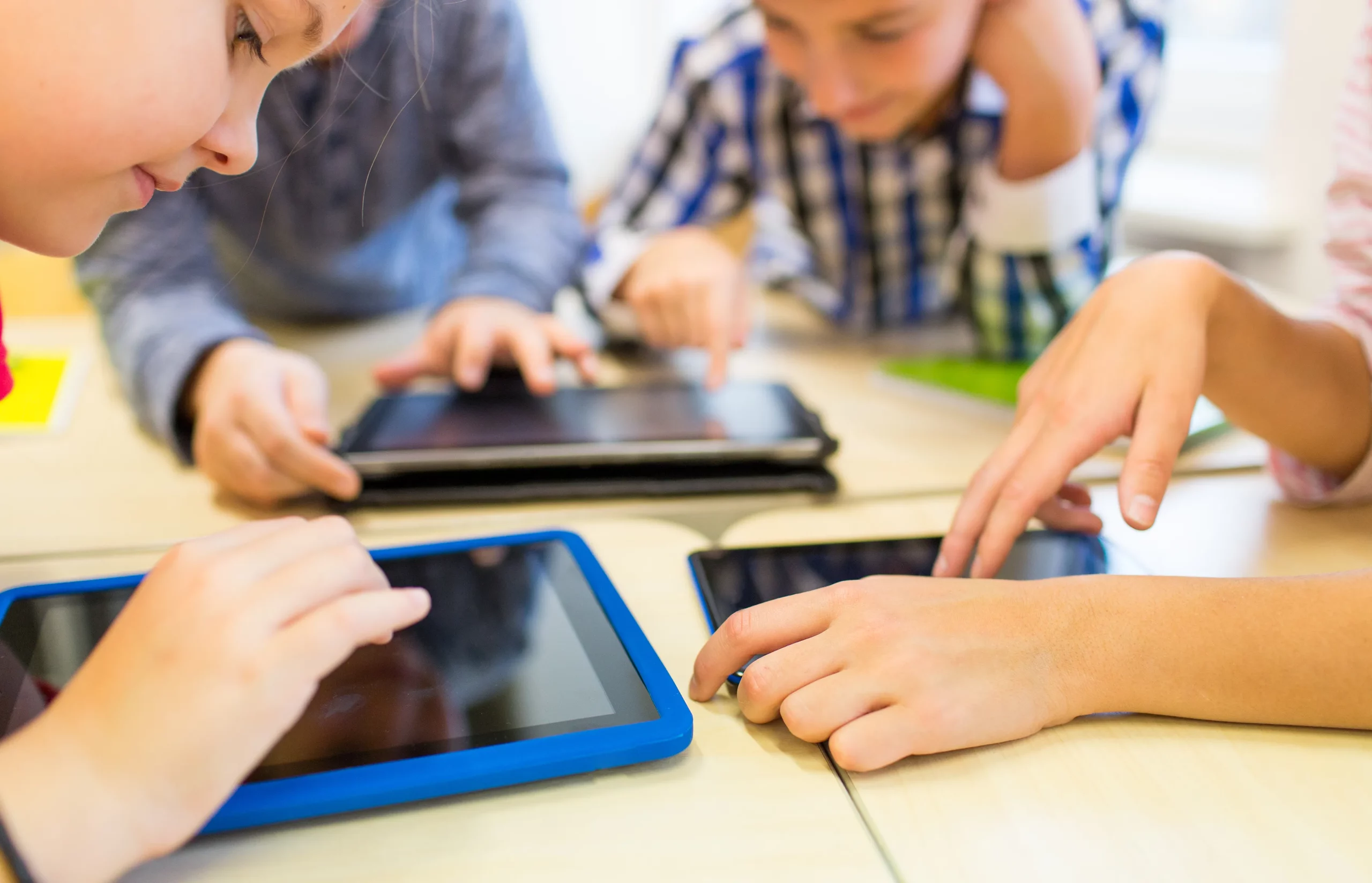In the ever-evolving landscape of childcare, technology has emerged as a transformative force, revolutionizing the way we nurture and educate our youngest minds. From interactive learning apps to innovative monitoring systems, the integration of technology in childcare is a dynamic shift that brings both challenges and unprecedented opportunities. In this article, we will embark on a journey to unveil the revolution in childcare, exploring the various forms of technological innovation shaping the early years of our digital natives.
Interactive Learning Apps – A Digital Playground
As we step into this digital era, Interactive Learning Apps are at the forefront of revolutionizing childcare. Gone are the days of passive screen time; these apps are designed to engage, educate, and entertain young minds in a way that seamlessly integrates with their natural curiosity and love for exploration.

Interactive Learning Apps are uniquely tailored to the tactile nature of children’s interactions with touchscreens. The intuitive design allows them to swipe, tap, and engage with the content, creating a dynamic and responsive learning experience. This hands-on approach not only enhances fine motor skills but also fosters a sense of agency and control over their learning journey.
Interactive Learning Apps are crafted with educational experts, ensuring that the content aligns with age-appropriate curricula. From foundational concepts like numbers and letters to more complex subjects, these apps offer a diverse range of interactive lessons that keep children both entertained and intellectually stimulated.
Education meets entertainment in the gamified world of Interactive Learning Apps. Through playful challenges, rewards, and progress tracking, children embark on learning adventures that feel like games. This gamification not only makes the learning process enjoyable but also instills a sense of accomplishment and motivation to explore further.
Interactive Learning Apps go beyond visual engagement; they encompass multisensory experiences. Incorporating sound, touch, and sometimes even voice commands, these apps create a holistic learning environment that caters to different learning styles, ensuring that every child can actively participate and absorb information in a way that suits them best.
No two children are alike, and Interactive Learning Apps acknowledge and celebrate this diversity. Through adaptive learning algorithms, these apps customize content based on a child’s progress and preferences. This personalized approach ensures that each child receives targeted challenges and support, promoting individualized growth.
Smart Toys and Interactive Devices – Playtime Meets Innovation
Learning Through Play: The Rise of Smart Toys
Smart Toys and Interactive Devices excel in the art of gamification. By turning educational content into playful challenges and adventures, these devices transform learning into a joyful experience. Children embark on quests, solve puzzles, and conquer challenges, unaware that they’re mastering essential skills while having a blast.
Wearable Tech for Kids: Monitoring Health and Well-being
Wearable Tech for Kids introduces a new dimension to childcare by promoting a holistic approach to well-being. The integration of health monitoring features complements the cognitive benefits of play, creating a balanced environment that nurtures both physical and mental aspects of a child’s development.

Choosing the Right Tech for Your Child
Age-Appropriate Features
Selecting Smart Toys and Wearable Tech that align with your child’s age and developmental stage is essential. Look for features and content that cater to their specific needs, ensuring a positive and enriching experience.
Safety First
Prioritize safety features when choosing Wearable Tech for Kids. Ensure that materials used are child-friendly, and opt for devices with robust security and privacy measures to safeguard your child’s data.
Educational Value
Evaluate the educational value of Smart Toys by considering the learning outcomes they offer. Look for toys that align with your educational goals for your child and provide a well-rounded set of activities.
User-Friendly Design
For Wearable Tech, choose devices with user-friendly designs, especially if your child will be interacting with the technology independently. Comfortable wearability and easy navigation are key factors in ensuring a positive experience.
Parental Controls and Customization
Opt for devices that offer robust parental controls, allowing you to tailor the technology to suit your child’s needs and your parenting preferences. This includes managing screen time, setting usage limits, and customizing content access.
In childcare, the forms of technology innovation, from interactive learning apps and smart toys to wearable tech for monitoring health, are reshaping the landscape, enriching the educational experience, and fostering a holistic approach to child development.
Addressing Concerns: Balancing Technology and Parental Engagement
While technology plays a pivotal role in Parental Engagement Apps, setting boundaries for screen time is essential. Encourage a healthy balance between digital interactions and other forms of engagement to promote a holistic approach to child development.

Parental Engagement Apps should complement, not replace, face-to-face interactions. Encourage regular meetings and discussions with childcare providers to maintain a strong connection and open lines of communication.
Ensure that Parental Engagement Apps are inclusive and accessible to all families, considering factors such as language preferences and technological literacy. This fosters a sense of community and ensures that every parent feels welcome and engaged.
Ethical Considerations and Balancing Screen Time
As childcare embraces technology, the ethical handling of children’s data becomes paramount. Parents and caregivers should be vigilant about choosing apps and devices that prioritize privacy and adhere to strict data security measures. Transparent policies on data collection, storage, and usage ensure a secure digital environment for our youngest learners.

Ethical considerations extend to ensuring that technology in childcare is inclusive and accessible to all children, irrespective of socio-economic backgrounds or differing abilities. Striking a balance between digital and non-digital activities guarantees that every child has an equal opportunity to participate and thrive in the learning process.
An ethical approach involves selecting age-appropriate content and designs that align with the developmental stages of children. Smart toys, interactive apps, and digital activities should be tailored to enhance learning without compromising the innocence of childhood. Technology should complement, not overshadow, the natural progression of developmental milestones.
Balancing screen time emerges as a crucial ethical consideration. Parents and caregivers must be mindful of the duration and quality of screen interactions. Establishing healthy screen time limits ensures that technology serves as a beneficial tool rather than a substitute for essential developmental activities such as outdoor play, social interactions, and hands-on experiences.
Conclusion
The revolution in childcare brought about by technological innovation is a dynamic journey filled with possibilities and responsibilities. From interactive learning apps that turn lessons into adventures to smart toys that blend playtime with education, each innovation contributes to shaping the early years of our digital natives.
As we unveil the secrets of this revolution, let us navigate the ethical considerations, embrace the opportunities, and ensure that technology becomes a positive force, enhancing the childcare experience and nurturing the brilliant minds of the future.





